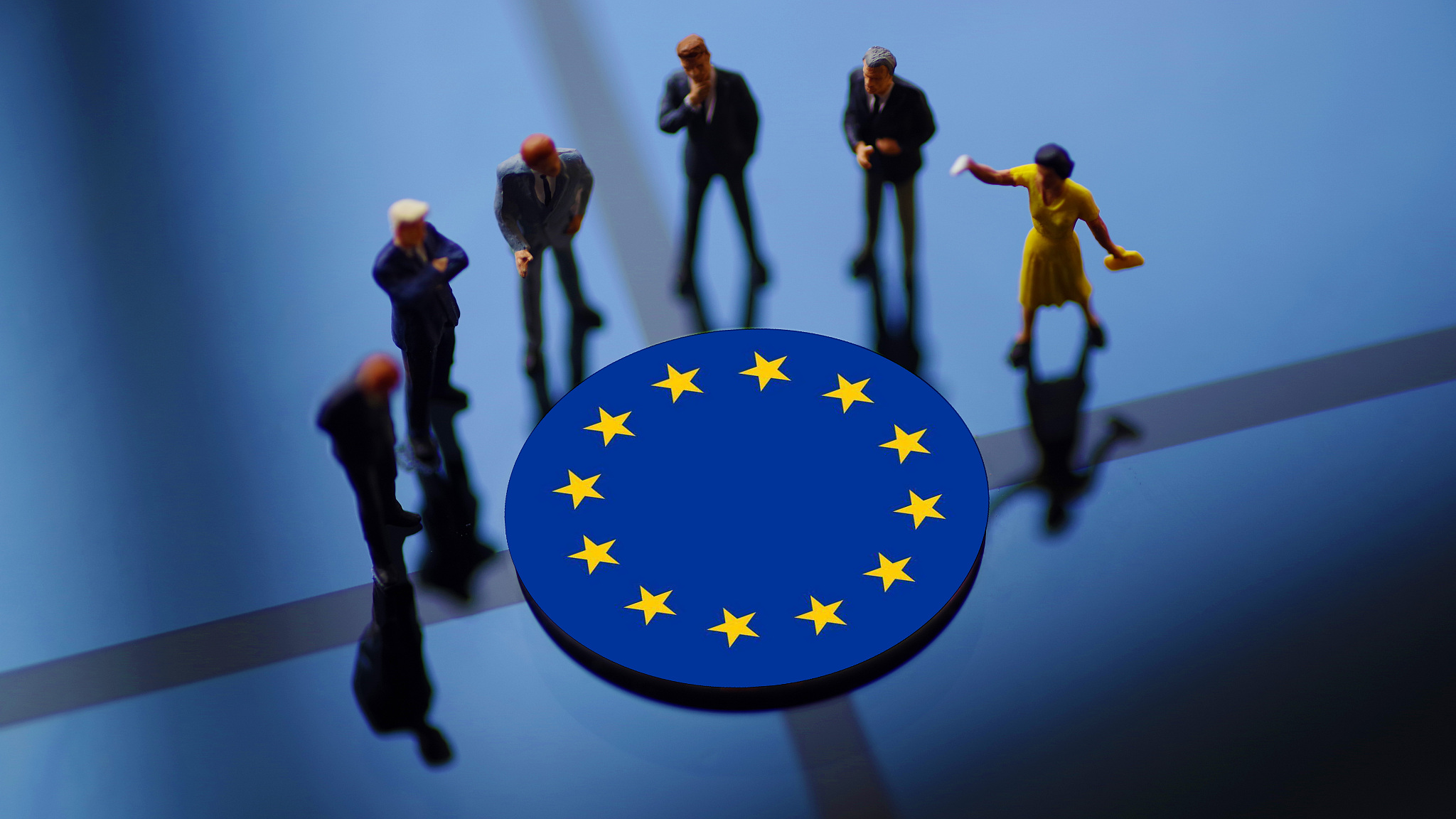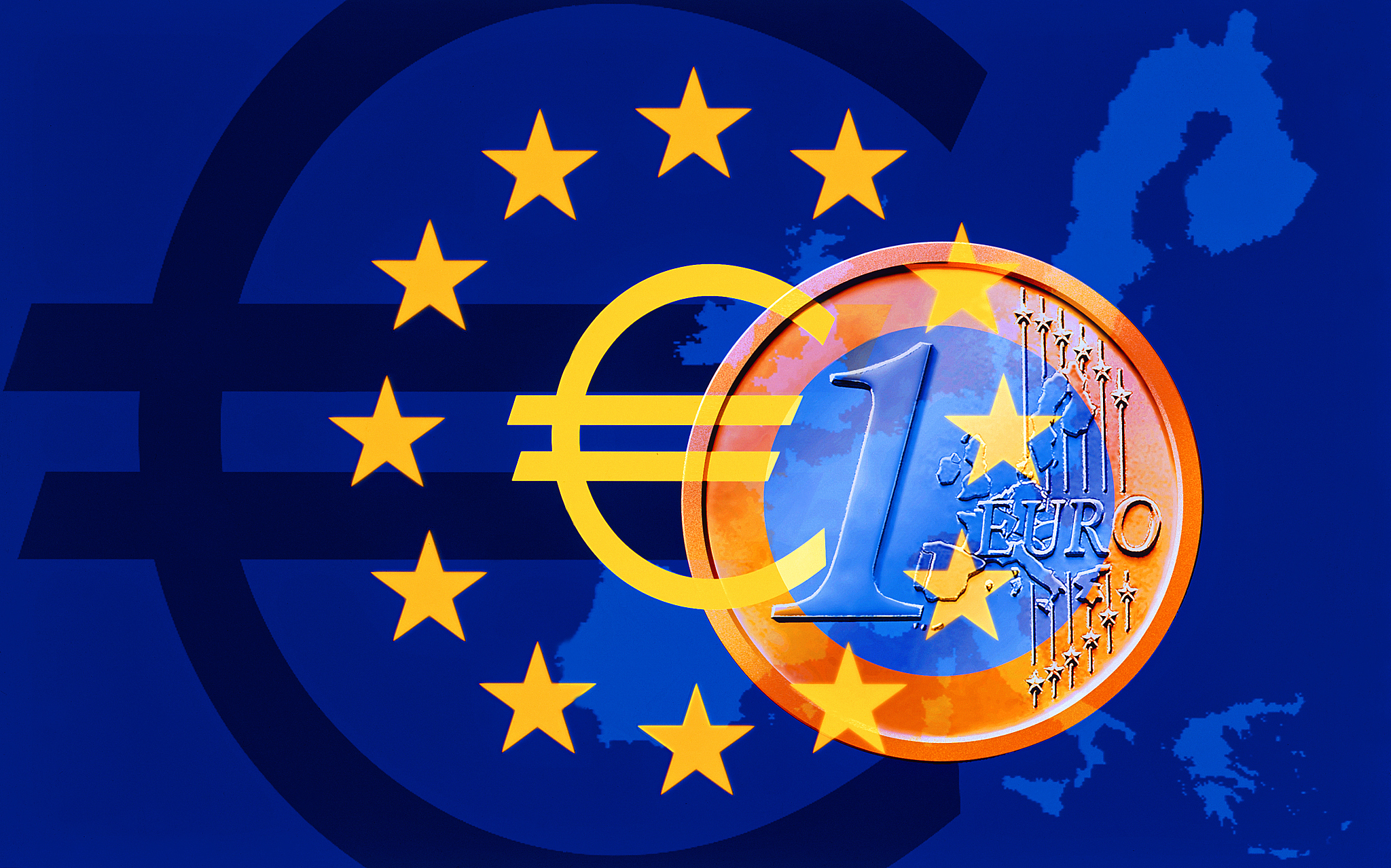
Editor's note: Jonathan Arnott is a former member of the European Parliament. The article reflects the author's opinions and not necessarily the views of CGTN.
A camel, according to the proverb, is a horse designed by committee. The saying references the difficulties of joint decision-making when leadership is needed: humps appear where they should not be. The European Union's structures are highly complex, with input from so many sources that often it becomes difficult to discern precisely what is being proposed and why. The European Council's recent meeting seems to be a typical example. The word "China" is not mentioned even once in the eight-page communique. Yet, as one EU diplomat said, it "has China written all over it."
The plan for a "globally-connected Europe" is written in the conventional language of European bureaucracy: "The Council highlights the importance of Connectivity Partnerships that should promote, in full cooperation with beneficiaries, compatibility of policy approaches and complementarity in preparation, implementation and financing of sustainable projects."
Such language is indicative of the public relations problem which the European Union has suffered for generations: couched in diplomatic language, the meaning is not obvious to the average citizen. It must be decoded and analyzed in order to make any sense.
In this case, although it does not say so, the hidden subtext is that the European Council wishes to compete with China's "Belt and Road Initiative." The European Council does not pass laws. Its role is more generic, setting the tone and overall direction for the European Union's political agenda.
Even those who have lived their entire lives in one of the European Union countries do not always fully appreciate the nature of the roles and responsibilities of the Council, the Commission, and the Parliament. Those roles can blur and overlap, with the European Parliament – and to a lesser extent, the Commission – sometimes jockeying for position and staking out their own sphere of influence.
For outsiders, these complex interactions can often prove confusing. In a nutshell, the Council decides what should be done. The Commission decides how, and drafts the laws. The Parliament either rubber-stamps or attempts to amend them. So, whilst the Council sets the policy, it does not have full control over its implementation. There is not a single figure in the document, only a vague suggestion that it would like to see a strategy presented by spring 2022 at the latest.
We do not know the budget, the timescales or the magnitude of the plan. We do not know yet how private and public sectors will work together outside the European Union, nor how the European Investment Bank will be involved. At present, this is an aspiration rather than a concrete plan.

When a document lacks concrete facts, we can only speculate. Unless there is a compelling reason to do otherwise, the European Union tends – for better or for worse – to stick to its usual formulas. I expect, therefore, that the EU will try to recreate much of the EFSI (the European investment plan associated with former Commission President Jean-Claude Juncker). Most likely, we will see a focus on public-private partnership and on sustainability. The mention of using the European Investment Bank for implementation, although hidden on page 6 of the communique, is a substantial clue: public funding used to mobilize private investment.
Whilst information is currently lacking, I wonder how the mobilization of private investment will translate to companies outside the European Union which are not accustomed to the European Union's institutions and bureaucracy. Likewise, if it is aimed at replicating China's Belt and Road Initiative, the project would require a level of strategic planning which the European Union is not well set up to achieve. The European Union prefers to set a standard and then measure proposals against those predetermined criteria.
I must admit that I find the European Union's rationale somewhat confusing. It cites Montenegro as an example for the need of this plan. Montenegro borrowed $1 billion U.S. dollars from China to build a motorway at a 2% interest rate. Such terms are hardly prohibitive, and the opportunity to borrow now at lower rates has much to do with the European Central Bank's current base rate being negative. Suggestions that China owns ports in third countries through which goods are shipped to Europe are equally thin as a rationale. It is not in China's own economic interests to do so, but those ports are constrained by local laws.
I do not know whether or not the European Council's plan can be a success. I do know that it faces a huge number of hurdles, and by the time it comes to fruition it could well be a solution in search of a problem. Investment to develop poorer countries makes sense, and this is something which all richer nations should be doing. From the European Council's recent document, it seems that even they aren't yet exactly sure of their own aims.
(If you want to contribute and have specific expertise, please contact us at opinions@cgtn.com.)

